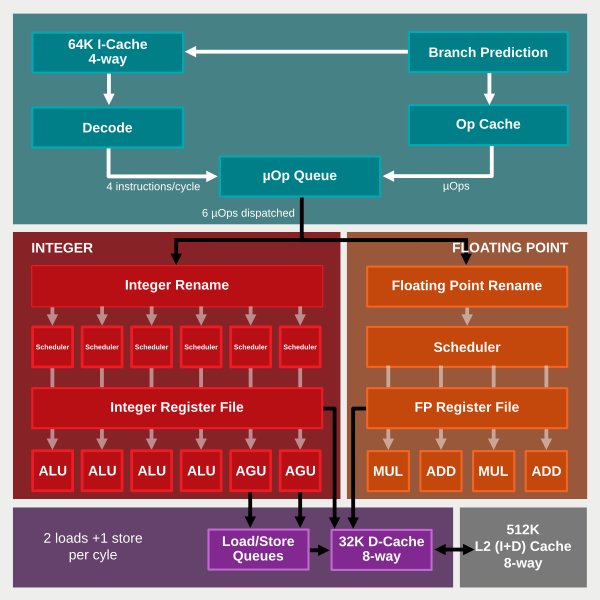https://www.notebookcheck.net/AMD-A-Series-Desktop-AMD-A10-5800K-Processor.91970.0.html
here they say this cpu is not a real quad core, is this true?
Is this a worthless cpu to buy nowadays?
here they say this cpu is not a real quad core, is this true?
Is this a worthless cpu to buy nowadays?



